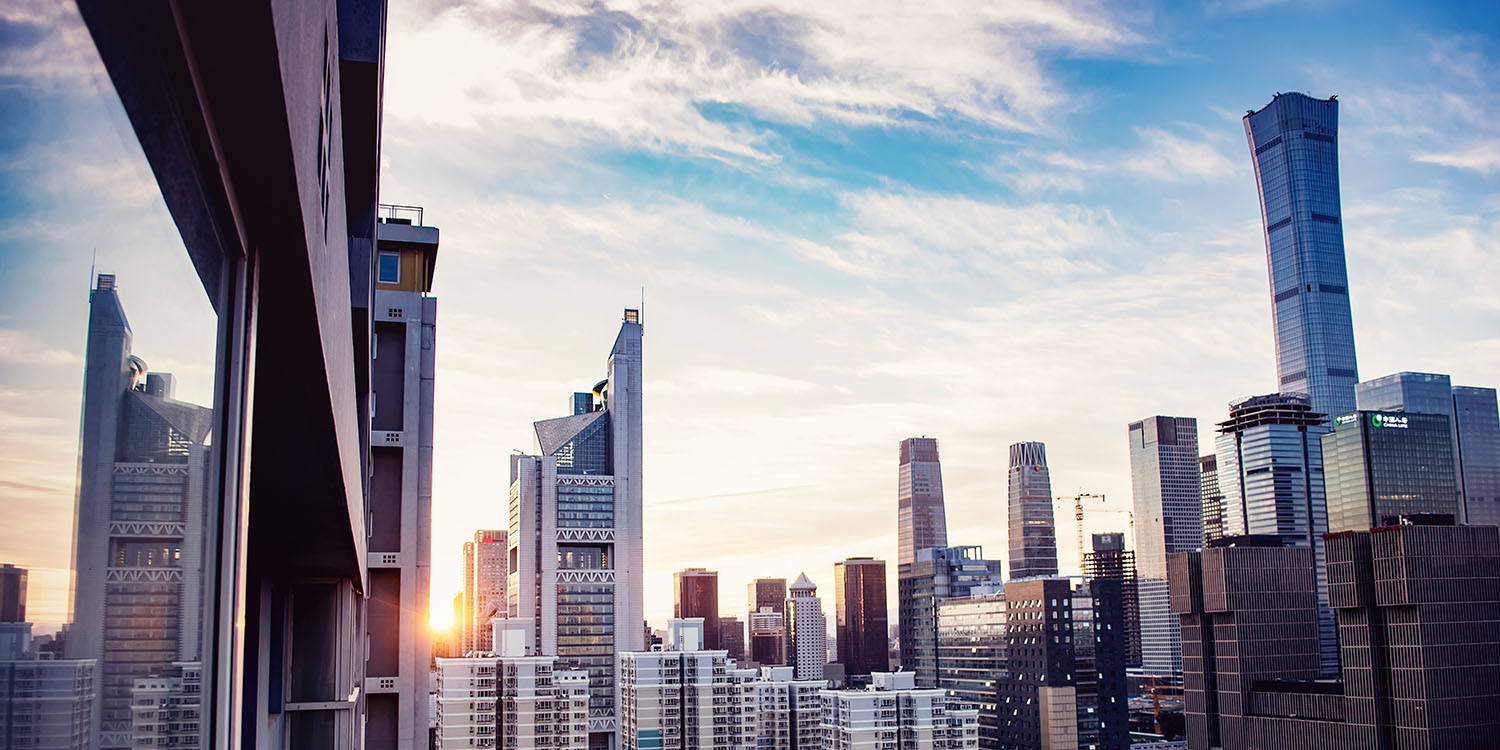
We’ve been talking for many years about both the need and the difficulty of reducing Apple’s dependence on China, and Bloomberg’s research division has now put some estimated numbers on it.
The research suggests that moving just 10% of Apple production out of China would take around eight years …
Background
We noted back in 2017 the massive challenge of shifting significant amounts of Apple production outside China.
It’s no accident that much of Apple’s manufacturing happens in and around Shenzhen. First, the city is strategically-placed, serving as the gateway between mainland China and Hong Kong. It is one of the largest shipping centers in the world, with a massive container port.
Second, the Chinese government established Shenzhen as the first Special Economic Zone in the country. SEZs are designed to encourage enterprise through relaxed planning regulations and generous tax incentives – and, crucially, to facilitate foreign investment in local companies. It is this, as much as its geographical advantages, which has enabled it to grow at such a pace.
Third, that SEZ was established way back in 1980, meaning that the city has had 37 years to grow into the manufacturing center of the tech world. Apple relies on a huge network of suppliers and sub-contractors, some of which may make just a single tiny component. The majority of them are based in Shenzhen and its immediate surrounds, so the logistics of bringing everything together in one place for assembly are straightforward.
When a report back in 2019 suggested that Apple’s goal could be to move as much as 15-30% of its production out of China, we questioned the feasibility of this.
Apple’s dependence on China in numbers
Bloomberg echoed our own analysis, and put some numbers on it.
Bloomberg Intelligence estimates it would take about eight years to move just 10% of Apple’s production capacity out of China, where roughly 98% of the company’s iPhones have been made. Scores of local component suppliers — not to mention modern and efficient transport, communication and electricity supplies — make it particularly difficult to get out of the world’s second-largest economy.
“With China accounting for 70% of global smartphone manufacturing and leading Chinese vendors accounting for nearly half of global shipments, the region has a well-developed supply chain, which will be tough to replicate — and one Apple could lose access to if it moves,” BI’s report from analysts Steven Tseng and Woo Jin Ho said.
The analysts say that Apple is in a far worse position than other US tech giants.
Bloomberg Intelligence says that overall tech-industry dependence could be reduced by 20%-40% “in most cases” by 2030. For hardware and electronic manufacturers, they could reduce their reliance on the Chinese market to 20%-30% over the next decade, BI calculates.
Apple’s exposure to China is also notably bigger than many others. Amazon.com Inc., HP Inc., Microsoft Corp., Cisco Systems Inc. and Dell Technologies Inc. also depend on China to produce hardware for servers, storage and networking products, but the extent of their dependence is far below that of Apple.
US firms not optimistic about China
A recent survey by the US-China Business Council revealed that American companies are more pessimistic than ever about manufacturing operations in the country, citing ten concerns:
- Covid shutdowns
- US-China relations
- Covid travel restrictions
- Data, personal info and cybersecurity
- Cost increases
- Tech decoupling
- Competition
- Industrial policy
- Procurement policies
- IP protection
Around a quarter of US businesses with Chinese manufacturing operations have moved some production out of the country in the past year, but this has generally only amounted to what has become known as the “China Plus One” strategy. This is where the bulk of production remains in China, but one additional country is added as contingency.
Photo: Zhang Kaiyv/Unsplash
FTC: We use income earning auto affiliate links. More.






Comments